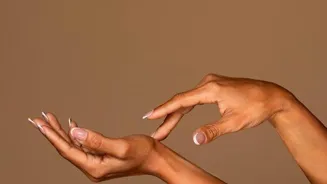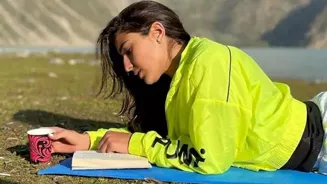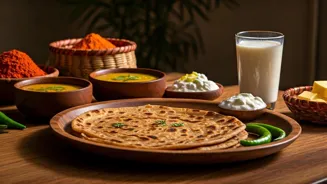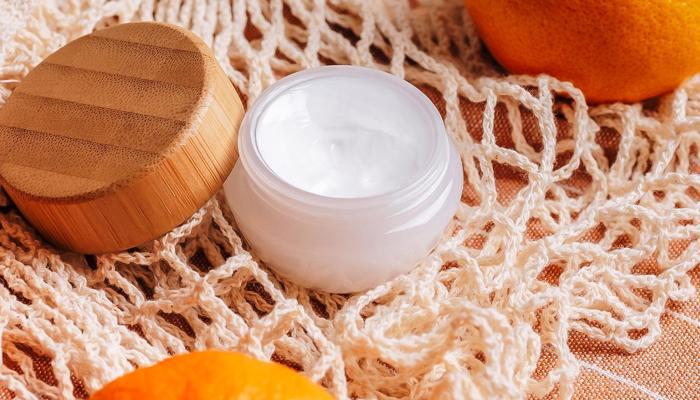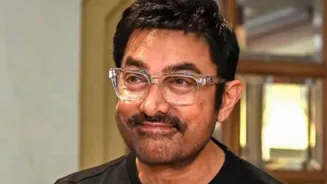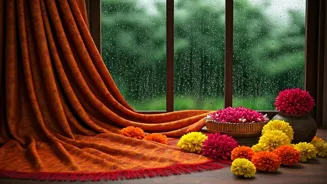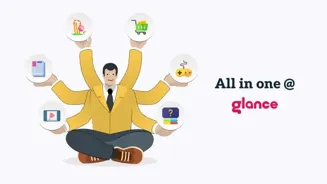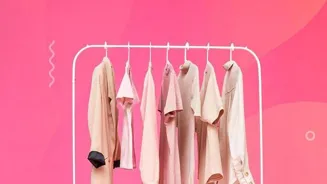Unveiling Beauty Standards: A Deep Dive into Societal Impact. Explore how evolving ideals shape our world. Read on!
Beauty, they say, is in the eye of the beholder. But what if the 'eye' is constantly being
shaped and reshaped by the world around us? In India, like everywhere else, beauty standards are not fixed. They are fluid, changing with time, influenced by culture, media, and even the economy.
What was considered beautiful yesterday might be different from what's desirable today, and understanding this evolution is key to understanding how it impacts our society.
Shifting beauty ideals: from fuller figures to slim physiques; local to global standards
Think about the olden days, pictures of goddesses in temples and old Bollywood actresses. There was a preference for fuller figures, a sign of prosperity and good health. Gold jewellery and long, thick hair were marks of beauty and status.
Now compare that to the modern day, with social media trends and global influences pushing for slimmer physiques and a different kind of "perfect" look. This shift isn't just about personal preferences; it reflects broader changes in our society, our values, and even our aspirations.
The accessibility of information too, plays a huge role. Earlier, beauty ideals were confined to what we saw locally, within our communities and in our limited media exposure.
Now, with the internet, global standards are just a click away, creating new pressures and often, promoting unrealistic expectations.
Media shapes beauty standards, influencing ideals and fostering insecurities
One major factor in the evolution of beauty standards is the media. From Bollywood movies to advertisements, the images we see constantly influence what we perceive as attractive. In the past, Bollywood heroines often represented a more traditional Indian beauty.
However, with globalization, we've seen an influx of Western beauty ideals – fair skin, a certain body type, and specific facial features. This creates a lot of pressure, especially on young people, to conform to these standards, leading to insecurities and a constant pursuit of the "ideal" image.
Advertising also plays a crucial role. Fairness creams, for instance, have long perpetuated the idea that fair skin is superior, reinforcing colourism deeply rooted in Indian society.
This not only affects self-esteem but also has economic consequences, with people spending huge amounts of money on products promising to lighten their skin. There’s also the subtle promotion of specific features like sharp noses or large eyes.
These constant bombardments of "perfect" images can distort our perception of what is normal and beautiful.
Social media distorts beauty standards, impacting mental health
The rise of social media has further amplified the impact of beauty standards. Platforms like Instagram and TikTok are filled with curated images and filtered realities, creating an illusion of perfection.
Influencers and celebrities often promote unrealistic beauty standards, influencing their followers to aspire to the same. The constant exposure to these images can lead to feelings of inadequacy and contribute to mental health issues like body dysmorphia and anxiety.
Social media promotes the kind of beauty which is deemed aspirational. Earlier beauty was inclusive in nature- in your own skin. The filter culture means its very difficult to discern real and fake.
Also the pressure of keeping up with trends means many have to spend a lot of money on beauty treatments.
Beauty standards fuel lucrative beauty industry, raising ethical concerns
The economic impact of beauty standards is huge. The beauty industry thrives on our insecurities, constantly marketing products and procedures that promise to help us achieve the "ideal" look.
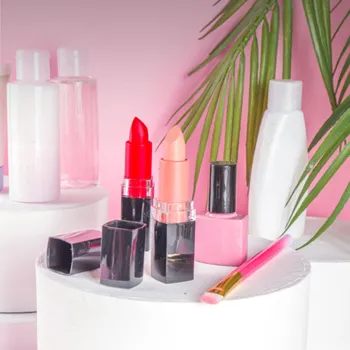
From cosmetics and skincare to hair treatments and even cosmetic surgery, people are willing to spend a lot of money in pursuit of beauty. This creates a huge market, but it also raises questions about ethical marketing and the exploitation of insecurities.
Many local brands are trying to come up with beauty products, but the industry is driven by a select few well known names. Also, since India is now a very global country, the concept of beauty is also fast changing. The industry is now focused on personalization like personalized make up.
Growing movement embraces diversity in beauty standards, promoting self-acceptance
However, there's also a growing movement towards challenging these narrow beauty standards. Body positivity advocates and influencers are promoting self-acceptance and celebrating diversity.
They are encouraging people to embrace their natural features and reject the pressure to conform to unrealistic ideals. There’s a greater awareness of inclusivity and the importance of representing different skin tones, body types, and abilities in the media.
This is a positive step towards creating a more inclusive and accepting society where beauty is not defined by a single, unattainable standard. The conversations around what beauty means are evolving and including diversity. We are also seeing people who embrace a no make up look too.
So beauty is now more focused on being natural.
Evolution of beauty standards and promoting inclusivity
In conclusion, the evolution of beauty standards is a complex and ongoing process. While media and social media have played a significant role in shaping these standards, there's also a growing movement towards challenging them and promoting inclusivity.
It is very important to think critically about the images we consume and question the messages they convey. By understanding how beauty standards evolve and impact society, we can work towards creating a more inclusive and accepting world where everyone feels beautiful in their own skin.
The power to redefine beauty lies within us.
AI Generated Content. Glance/InMobi shall have no liability for the content